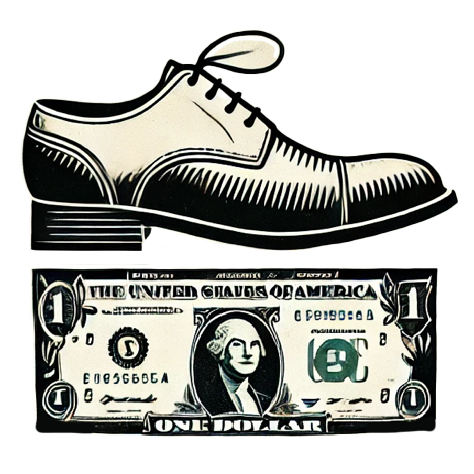This week, Hugo Boss has drawn attention from investors, as its shares experienced a noteworthy surge following the announcement of its first-quarter sales figures. Despite a 2% decline in revenues adjusted for currency fluctuations, the drop proved less severe than analysts’ projections. This relative resilience—with sales landing at 999 million euros compared to expectations of 979 million euros—enabled the stock to rise sharply by as much as 8.8%. By mid-morning, stocks remained robust, reflecting a growing sense of optimism that belied the challenges facing the luxury retail industry.
However, it’s essential to place this performance in context. The Asian market, particularly China, plays a critical role in Hugo Boss’s fortunes, and here lies the rub. The company cited “ongoing subdued consumer demand” in the region, hinting at a changing landscape shaped by a declining consumer outlook. While the first quarter of 2023 offered signs of recovery, 2024 has brought renewed uncertainty that signals potential turbulence ahead.
The Macroeconomic Landscape: Navigating Tariffs and Consumer Sentiment
CEO Daniel Grieder’s comments underscore a broader dilemma confronting not just Hugo Boss but the global retail sector. He pointed out that macroeconomic factors—rising uncertainties and unpredictable global trade conditions—have cast shadows over consumer sentiment. With the U.S. being the company’s largest single market, accounting for approximately 15% of group revenues, the implications of changing tariff structures are profound. The luxury retailer is contending with an evolving political landscape where tariffs could lead to higher prices, dampening consumer enthusiasm.
Despite these challenges, Grieder maintains a cautiously optimistic stance, reaffirming sales guidance for 2025. The key question now is whether Hugo Boss’s strategic moves—shifting product sourcing and optimizing supply chains—will be enough to weather the storm. The fact that Grieder acknowledges diminished consumer confidence in America signals a realistic grasp of existing market conditions, even as he discourages panic amongst investors.
Strategic Overhaul: Opportunities and Weaknesses
Hugo Boss has embarked on an ambitious strategic overhaul aimed at revitalizing its brand and recapturing market share in a highly competitive sector. Signs of success are evident in the retailer’s efforts to expand its appeal, moving beyond the confines of formalwear while engaging younger consumers with refreshed store formats and product diversity.
However, challenges persist. Analysts point to a worrying gap in the women’s fashion segment, where a lack of standout products and coherent strategies has hindered Hugo Boss’s ability to penetrate this vital market. Addressing this could be key to not only bolstering sales but also reinvigorating brand relevance in an era where consumer tastes are constantly evolving. The notion of acquiring a well-established female fashion brand could provide a shortcut to rapid expansion in this area, enabling the company to tap into a demographic that increasingly seeks individuality and contemporary design in their wardrobe.
Furthermore, the company’s current approach to managing costs reflects an adaptive mindset. Strategic maneuvers allow for flexibility in the face of external pressures, a necessity given the unpredictability of the global economy. While evaluating demand-sensitive price adjustments can help maintain profit margins, it’s incumbent upon Hugo Boss to ensure that these adjustments do not alienate core customers who expect luxury goods without compromise.
As Hugo Boss rises to meet these multifaceted challenges, it finds itself at a crossroads. The interplay of consumer sentiment, market dynamics, and strategic initiatives will dictate how effectively it can navigate the turbulent waters ahead. The coming months will be telling, as both the luxury sector and Hugo Boss strive to align their strategies with shifting consumer expectations and evolving economic realities.

